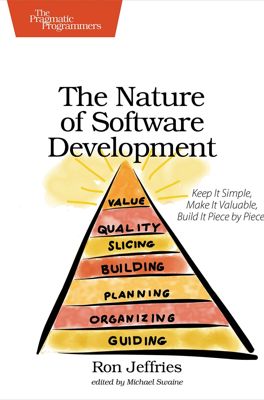Scaling Agile
Myth of Necessity: The widespread belief that Agile needs to be scaled for large companies is often a misconception fueled by business agendas rather than actual needs. The real emphasis should be on implementing simple, straightforward Agile practices rather than complicated scaling strategies.
Market Influence: Agile scaling has become lucrative, attracting consultants and training companies, much like past trends such as Six Sigma. However, this often leads to complex solutions that may not align with the principle of simplicity in Agile methodologies.
Simplicity is Key: Agile methods, particularly Scrum, are inherently simple, focusing on clear roles, essential activities, and the primary artifact of running tested software. This simplicity, essential for true agility, should not be compromised in scaled applications.
Effectiveness of Fluent Agile Teams: Fluently Agile teams efficiently handle projects by maintaining continuous delivery of defect-free, integrated software within short cycles. This level of proficiency, once achieved, supports scaling naturally without the need for additional complex frameworks.
Feature Teams: Scaling can often be effectively managed by employing multiple feature teams that work parallelly, each delivering increments to the product. Proper coordination and integration are maintained through rigorous testing and continuous integration practices.
Coordination Through Testing: Agile coordination across multiple teams is facilitated by a comprehensive suite of automated tests, ensuring all additions or changes by any team do not disrupt the functionality of the overall system.
Infrastructure Management: In cases involving extensive infrastructure, agile teams adapt by enhancing the infrastructure incrementally alongside feature development. This avoids the need for a separate infrastructure team unless absolutely necessary.
Scaling Beyond Features: For very large projects that seem to require numerous teams, the approach remains fundamentally the same. Start small with feature teams and expand as necessary, using standard Agile practices to manage growth effectively.
Fundamental Advice: Before considering scaling, ensure that individual teams are proficient in Agile practices. Scaling should not be the starting point but a natural progression once effective Agile implementation is demonstrated across initial teams.
The focus remains on keeping Agile practices simple and effective, scaling thoughtfully only when the organizational demand genuinely exceeds the capacity of well-functioning Agile teams. Rather than adopting complex scaling frameworks, the emphasis should be on achieving proficiency in fundamental Agile practices and expanding them sensibly in response to concrete needs.
